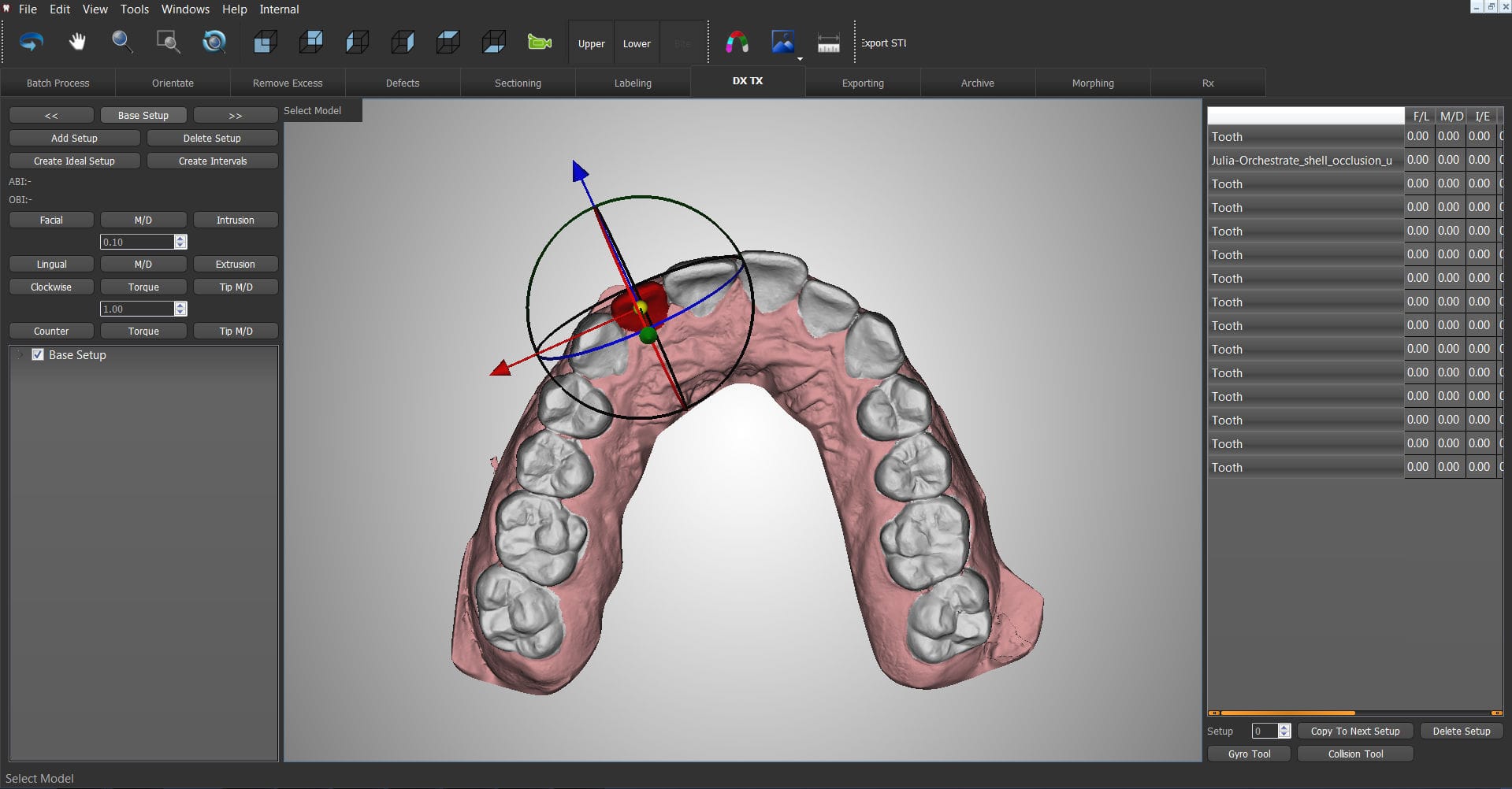Orthodontics is a specialty within dentistry that deals with the treatment and diagnosis of tooth irregularities. As technology has advanced, orthodontists have adapted to new technologies to help them diagnose and treat patients more accurately. One such technology is orthodontic software. This type of software is used in many practices around the world, but what exactly does it do? In this blog post, we’ll explore the uses of orthodontic software, its features, and how it can aid in the treatment process. Let’s dive right in!
What is the Lightforce Orthodontic System?
The Lightforce Orthodontic System is a computerized system that helps orthodontists to plan and carry out treatment for their patients. It enables them to create customized treatment plans, track the progress of each patient’s treatment, and communicate with other orthodontists about their cases. The system also provides educational materials for patients and their families. A digital platform providing orthodontists with fully customized, 3D printed tooth-moving tools, from brackets to IDB trays to custom buccal tubes, Lightforce’s orthodontic products are designed to fit the patient’s individual tooth anatomy and bite.
The LightPlan component is a web-based platform for digital orthodontic treatment planning that enables an orthodontist to create, adjust, and approve treatment plans without having to install software. The digital workflow enables you to seamlessly integrate LightForce into your practice similar to your aligner workflow.
The Future of 3D Printed Tooth-moving Tools
The future of 3D printed tooth-moving tools is looking very promising. With the advancements in technology, it is now possible to print these tools with a high degree of accuracy. This means that orthodontists will be able to create custom-fit tooth-moving tools that are specifically designed for each patient, and whether using metal braces or clear aligners the software can adapt to the materials each orthodontist is seeking to use.
Orthodontic software plays a vital role in the future of 3D printed tooth-moving tools. This software is used to create digital models of teeth that can be used to generate the necessary tool designs. With this software, orthodontists will be able to create highly accurate and custom-fit tooth-moving tools for each patient.
Treatment Planning and Office Management in Real Time
Treatment planning and office management in real time is one of the main uses for orthodontic software. This type of software can be used to help manage patient records, treatment plans, and office schedules. It can also be used to track payments and treatment progress.
Sharepoint is Useful for Orthodontists with Multiple Practices
Software such as Sharepoint is also valuable for franchised clinics as Sharepoint is a versatile tool that operates seamlessly across multiple practices. It can help manage patients’ records, track appointments, and schedule treatments.
What Other Types of Orthodontic Software Is Available for My Practice?
Orthodontic software is used to manage patients, cases, and treatment. There are a variety of software programs available, each with different features. Some common features include:
Patient management: This allows you to store patient information, track appointments, and send reminders.
Case management: This lets you create treatment plans, track progress, and manage records.
Treatment planning: This helps you develop individualised treatment plans and track progress.
There are many other features that may be included in orthodontic software programs. Some programs are designed specifically for use with braces, while others can be used for any type of orthodontic treatment. When choosing a program, it is important to consider your specific needs and find a program that has the features you need.
Search and Compare Orthodontic Software
With many different types of orthodontic software on the market every year, it can be difficult to know which one is right for you. The best way to find the right software for your needs is to search and compare different options.
When you are searching for orthodontic software, you will want to consider what features are important to you. Some software programs offer more comprehensive features than others. You may also want to consider the price of the software before making your final decision.
Once you have narrowed down your options, you can start comparing different orthodontic software programs. Pay attention to how easy the software is to use and whether it has all of the features that you need. You should also read online reviews of different orthodontic software programs before making your final decision.

